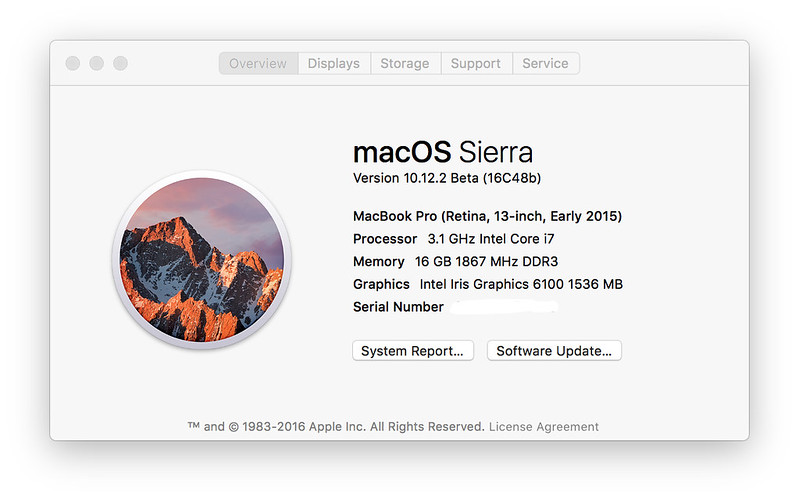Beme
CNN Brings In the Social App Beme to Cultivate a Millennial Audience – The New York Times – major news site suffering from lack of consumer trust (election coverage, fake news environment etc) buys YouTube V-logger to get some baes – and people wonder why the news media appears broken. Beme was founded by Casey Neistat was one of the first generation of YouTube bloggers. Beme rolled out a mobile app to syndicate their content
Business
The taxi unicorn’s new clothes | FT Alphaville – is sadly symptomatic of the emperor’s new clothes groupthink dominating the sector. Though it does explain the sector’s obsession with popularising the idea that public transport can be done away with. (Less investment in public transport will lead to fewer competitively priced alternatives, empowering the Uber monopoly in the long run)
The Truth About Uber’s Otto Deal — The Information – hedged against the Otto founders, Sir Martin Sorrell could learn something ;-)
Economics
The Eurodollar Market: It All Starts Here | Zero Hedge – this is what keeps the UK afloat
Brexit negotiators identify UK’s aces in the hole | FT – interesting read, ultimately the UK doesn’t have leverage across all the other 27 countries on the same things so could bounce out with nothing resolved
Ideas
‘Millennials’ is a useless term | Jed Hallam | Pulse | LinkedIn – interesting that this had to be written. Whatever happened to tribes? More related content here.
This Is What Happens When Millions Of People Suddenly Get The Internet – BuzzFeed News – Facebook’s influence in Myanmar is hard to quantify, but its domination is so complete that people in Myanmar use “internet” and “Facebook” interchangeably. According to Amara Digital, a Yangon-based marketing agency, Facebook has doubled its local base in the last year to 9.7 million monthly users. That number is likely to spike again, after Facebook launched its Free Basics program, a free, streamlined version of Facebook and a handful of other sites.
Innovation
Apple’s China R&D effort could fail to move the needle | FT – I still think that Apple needs the lab there because of the unique Chinese internet eco-system and the hardware design excellence in China
Luxury
No Price Like Home: Big Spenders Reappear in China — The Fashion Law – sales picking up in Mainland China
Porsche Macan owners in China vent their anger at copycat maker – The owners are being asked whether the vehicles are genuine German cars or just Zotye SR9s with a Porsche badge stuck on the front hood.
Media
Creative Hub – Facebook – great ad examples
Apple expert panel on shift from a hit-driven to services business – Business Insider – “I’ll play both sides of it for you, Steve. On the one hand, they haven’t had innovation for a long time and it looks really bleak and it’s been six years [if you measure by the iPad, which was introduced in 2010]. On the other hand, if after eight years they do something as big as the iPhone or the iPad or the iPod, then we’ll forget about, we’ll forget about those doubts.”
Facebook To Target Streaming Viewers By Linking User Profiles With IP Addresses | IPG Media Lab – big potential targeting opportunities
WeChat censorship offers a blueprint for Facebook, but it still shouldn’t enter China | Techinasia – I think Facebook wouldn’t be able to cope with the competition
Online
Facebook has cut off Prisma’s Live Video access | TechCrunch – Facebook doing vintage Microsoft
Do China’s Celebrities or Influencers Have More Power? | L2 – traditional celebrities still win out
An update on Google’s feature-phone crawling & indexing | Google Webmaster Blog – this is big news for the mobile web and will encourage feature phone services to fall back on SMS
Security
Infineon joins Chinese IoT security push | Electronics EETimes – to develop security technologies for smart home appliances that are manufactured and used in China
‘Tesco Bank’s major vulnerability is its ownership by Tesco,’ claims ex-employee • The Register – You’re probably only as secure as your least secure system
Technology
RISC-V Expands its Audience | EE Times – open source hardware design
The Macintosh Endgame | MondayNote – interesting analysis, the problem is that iOS doesn’t have a user experience conducive to knowledge work like typing all day long
Web of no web
Fitbit To Buy Pebble — The Information – consolidation as the sector folds in on itself in the face of limited demands
Watching the World Rot at Europe’s Largest Tech Conference – The Atlantic – the ennui of conferences in general
Curiosity | Merck Group – interesting spin on the usual innovation corporate positioning
